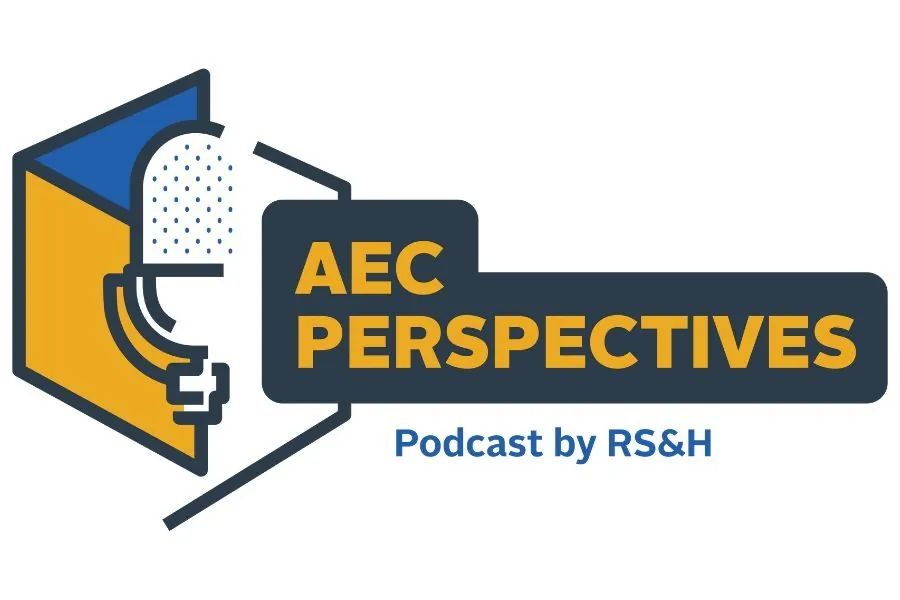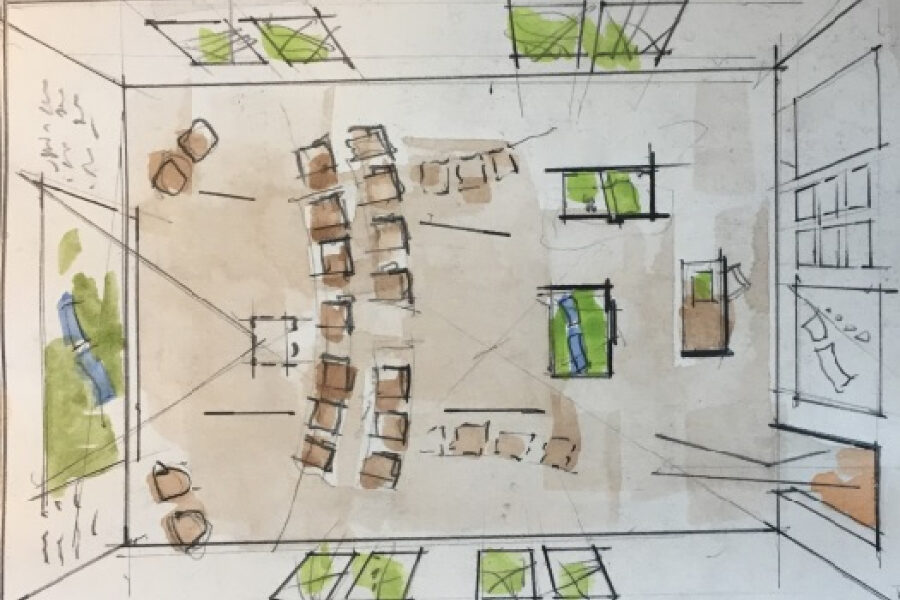Facility Resilience During a Pandemic

Have you revisited your contingency operations or emergency action plan (EAP) to ensure your facility is resilient during this time of crisis? Pandemics, though unusual and rare, can challenge your facility’s ability to be “resilient” more than any other event.
“The term ‘resilience’ refers to the ability to adapt to changing conditions and withstand and rapidly recover from disruption due to emergencies. Whether it is resilience towards acts of terrorism, cyber-attacks, pandemics, and catastrophic natural disasters, our national preparedness is the shared responsibility of all levels of government, the private and nonprofit sectors, and individual citizens.”
— US Department of Homeland Security
Emergency action plans normally cover natural disasters such as hurricanes, tornadoes, fires, flooding, etc. It outlines the steps and actions that your facility will take ideally before, but usually when a natural disaster happens.
These Disaster Preparedness Plans will also cover man-made events such as terroristic threats and attacks. Also, the EAPs will address what to do when there is a bomb threat or an active shooter, and other incidents of public violence.
But what happens when the threat is not as overt as a bomb threat? Or if the threat is more predictable and occurs over a relatively short duration such as a hurricane or flash flood?
This is the nature of pandemics. They are unpredictable, hard to contain and even more difficult to counteract. So how can you determine and prepare for how it affects your operations and workforce? The devastating effects of biologic and viral threats should be considered when developing and fine-tuning your facility’s EAP.
Facility managers could not predict a disaster like COVID-19, but it begs the question, how do we bounce back from this viral threat and adjust our plans to remain resilient?
Facility Resilience Through COVID-19
The recent events illuminate the need to address facility management and upkeep during a pandemic. As most of our workforces have shifted to a work from home model, our office buildings and facilities remain mostly vacant.
Facility managers must think of three major components of their building’s resilience during a time of a crisis.
1. Utilities
Addressing what to do about your building’s electricity, water and gas is vital especially when we think in terms of a disaster. During this pandemic, our buildings are vacant. What does that mean for utility usage in your facility? Do gas or water supplies need to be suspended? Will a portion of the building(s) be available or needed for operation?
2. Security
Facility managers need to address the building’s physical security, to include the security of the people who will still need to occupy. With facilities vacant, a well-thought-out security and access system needs to be part of your plan. During COVID-19, facility managers and owners need to be thinking about the use of personal protection equipment, sanitization, access and traffic flow procedures.
These measures also extend to cybersecurity. The number of anticipated attacks will increase exponentially if it is known that a business or organization must diversify its cyber assets to remain operational. At this point, a pandemic is a good opportunity for hackers to try and find a “weak link” in the information security chain to attack an organization.
3. Facility
Addressing what to do with your building’s HVAC system, lighting, and power will be different for a pandemic response than it would for another disaster. For example, it does not make sense to run your HVAC system when your facility remains vacant for weeks. Conversely, you may cause more damage if systems controlling a building’s environment are completely shut off. This is especially true if your facility needs to maintain humidity and temperature control, such as in mission-critical facilities.
Operation of facility environmental systems are different in normal operations as compared to contingency operations. These should be well-thought-out and tested BEFORE the disaster occurs.
Facility Conversion During A Crisis
Something that has been highlighted during COVID-19 is the need for certain facilities to be converted to serve an emergency response purpose during a crisis. For example, hotels and convention centers are being converted into hospital spaces as our current hospitals have been pushed past capacity. Or maybe your facility needs to be transitioned into a testing site or an emergency response command center.
To remain proactive and agile in your contingency plans, it is imperative that facility managers understand whether buildings can be used for a different purpose than what is intended and what the level of effort would be for this conversion.
Communication is key. Facility managers and owners need to communicate with their local authorities to learn whether their facility can be used for disaster recovery purposes and what that conversion would entail.
Agility is Key to Resilience
Pandemic or non-pandemic, any instructions and activities for contingency operations need to be considered as a continuous exercise and directives as living documents.
It costs more money to modify and implement these disaster operations plans after the event occurs than before. You need a cycle to review and change plans. To know that your plans are successful and working, your organization must run drills. These drills will answer a lot of questions and help facility managers know where they need to adjust. Knowing what to do during a bomb threat or fire may be well documented and known. But did we know what to do for a pandemic in January 2020? Now, we also need to have this knowledge for pandemics and how it affects our facility and operations.
If we do not run drills and exercises, the instructions in contingency operations plans will get lost or be implemented improperly. The chances of someone not knowing what to do or where to go dangerously increases. This not only affects the resilience of your organization but may cause more damage, injuries, or death.
Contingency operations are not simply tasks to be documented and put on a shelf. These Disaster Preparedness Plans are as important to your business operations as your workforce.
Create. Plan. Implement. Drill. Adapt. Remain Resilient. Survive.







